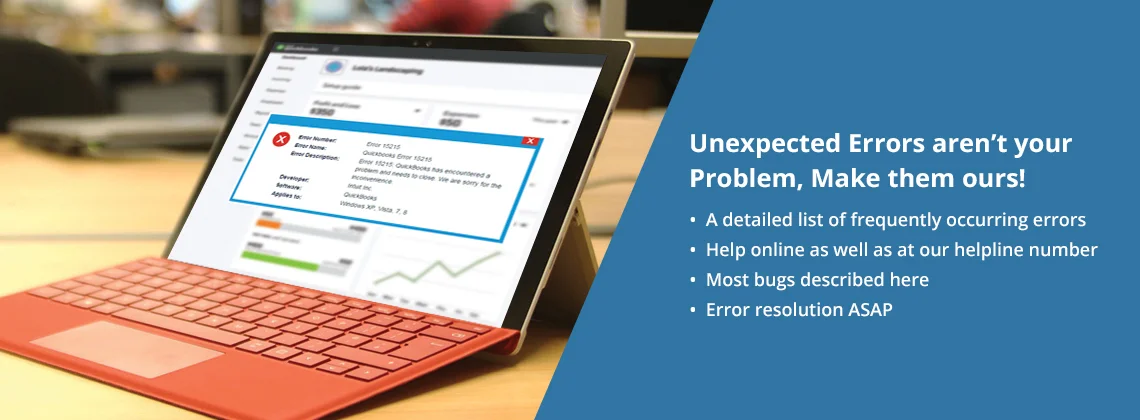We had an prospective embroidery customer upset with us some days ago and we’ve been thinking about this interaction since.
The call started innocently enough. The customer wanted to get a quote for embroidering his logo on shirts and jackets. We explained that the price depended upon two things:
- the complexity of the logo to be embroidered, and
- the type of custom jackets and shirts that the customer was interested in purchasing from our catalogs.
As often happens, the caller cut us off in mid-explanation to tell us that he already had his shirts and jackets, and that he just wanted come into the shop, pass this stuff to us, and wanted to know how much it would cost to decorate all of it.
We politely explained that we would not be the right vendor for that project because we do not work on customer-supplied pieces.
“Why not?!” he demanded.
I began to explain what we have outlined in our blog posts before, which is that embroidery is not a perfect process, that sometimes things go wrong in the middle of a job that destroy a garment, and that we simply do not like putting ourselves in the position of taking on that risk without being able to quietly and easily replace something.
“What kind of things can go wrong?” he asked suspiciously.
Then I shared a story that had unfolded only a few weeks earlier. It was about 11a.m. and we were in the middle of embroidering dozens of Nike golf shirts for another client — shirts that we had ordered, by the way. Suddenly the lights flickered and some of our machines stopped in mid-job and began emitting a piercing alarm tone that indicated a power failure. Embroidery machines do have computerized motherboards, so unreliable power has the same effect as it would on your desktop PC. We quickly jumped and hit the Emergency Kill Power switches on the machines. The lights flickered again about 15 seconds later. While we waited to see if the power to the shop was going to fail completely, we checked over the state of the machines and the shirts on which they were working.
With the shirts still mounted on the machines, we checked to see whether the power failure had caused tears in the shirts or loose or stray stitches. On the machine side of the equation, it was important to make sure that the needles were up. Because an embroidery machine’s rails can be moved manually while the machine is off, each time a machine is powered on, its computer establishes its known boundaries by moving the rails to the farthest mechanical limits. If it goes through these motions while the needle is down in the middle of a garment, the garment will be torn by the needle remaining fixed while the garments is forcibly moved around the needle.
Once everything was checked over, we manually cut the top and bobbin threads and removed the garments before powering the equipment back up. “If there’s going to be a problem,” we thought, “let’s not have the shirts be the victims today.” That said, our second thought was, “Boy are we glad that if something does go wrong here — if we forget one precaution in this unusual situation — at least we can order replacement shirts before the day ends (and they’ll be here tomorrow).”
We found out later what had caused the power brown outs. A bird had landed on a transformer a mile away from us and caused a fire. Traffic lights had been knocked offline at several of the intersections near us.
All of this led to us thinking about the kinds of conversations we want to have with customers at time of delivery. If we can control the inputs (i.e., supply the garments), then we can recover from even situations beyond our control and still delight our customers. But if this had all happened while working on customer-supplied items, well how do you think that conversation would unfold? How would we prove that the brownouts had happened? Would the customer care and how much would the customer be willing to pay for a job that is not only incomplete, but now missing pieces that the customer had purchased? More importantly, how would we agree upon what was the right thing to do to resolve the situation? And even if the customer accepted all of the explanations and recognized that it was not our fault as the vendor, the customer is still going to have an asterisk in her mind when she thinks about her last interaction with us. So when someone asks her for a referral, would she recommend us? Probably not.





